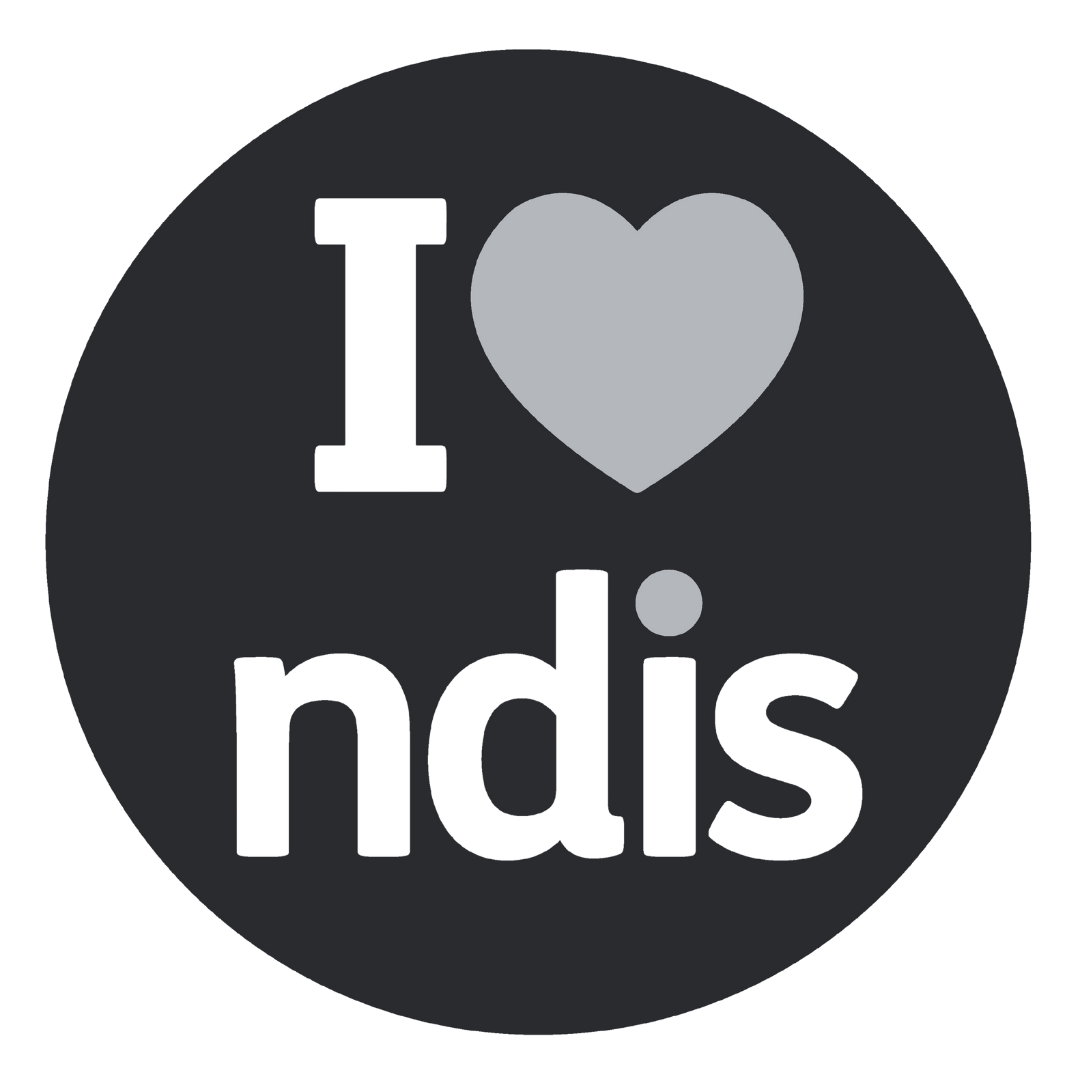At JAM we’re often talking about the common misconception that Adaptive Clothing is just for those with physical disability. Most people assume that Adaptive Clothing is designed specifically for those that struggle with the physical components of getting dressed such as wheelchair users, those with limb difference or those that require physical assistance from others to get dressed. Although Adaptive Clothing definitely can benefit those that fit these descriptions, by pigeon holing the benefits of these items to just those with physical disability, the diversity of disability and the associated challenges are dismissed.
There are a few reasons in our opinion that this misconception exists. Firstly, a lot of marketing around Adaptive Clothing or any disability-related products only feature those with visible disability a majority of the time. This leads people to believe those are the only customers of these brands. This is why it’s important at JAM that when we are doing a photoshoot we have a broad range of models with diverse disabilities, both visible and invisible, so people looking at our marketing materials can better understand that our customers are not all the same.
Another reason we believe people assume Adaptive Clothing is just for those with physical disability, is that a lot of people still unfortunately hold the notion that a person with disability is only those that have a physical disability (such as wheelchair users) and completely overlook the millions of people that are part of the disability community that do not have a physical disability. For example, those that are neurodivergent, hard of hearing or Deaf, have an intellectual disability, those with chronic pain or chronic illness and so many more. A lot of the time if a person is not a wheelchair user or using some sort of mobility device, they are not considered as having disability and therefore benefiting from accessible products.
In our work as Occupational Therapists we worked a lot with children and adults with intellectual disability, therefore we feel very strongly about the consideration of them and their needs when discussing who can benefit from Adaptive Clothing. People may assume that getting dressed is purely a physical task, however there are a lot of cognitive skills required to be able to independently complete it. Beginning with choosing what clothing to wear. This requires understanding of the impact of outside temperature, what is appropriate for what activities will be done in that outfit, what may be socially appropriate and also a sense of self-expression. Then once an outfit is chosen you need to understand the order of which to put each item on, and the orientation of each piece. Then finally many clothing items require sequencing and fine motor skills to be able to put on and take off. Such as, being able to loop a button through a buttonhole, connecting zip ends and lacing up shoelaces. These are examples of intricate movements that require a lot more cognitive and physical skill than most would realise.
If an individual is unable to do everything that is required to get dressed, or it takes them a really long time, it can become a degrading process that they lose independence in as others insist it’s easier to just help them. We can’t tell you the amount of adults we know with an intellectual disability that choose what they want to wear each day, are able to get their underwear and pants on independently but then have to ask for help to put a button-up shirt on or to zip up their hoodie. This one aspect of getting themselves dressed has just completely changed their experience of independence, dignity and self-expression.
As Occupational Therapists we are always encouraging new skill development, however it is also important to look at what the overall goal is. If someone’s goal is to learn how to do buttons then that’s great, and that’s something that they can work on. However, if the goal or outcome they are looking for is to be able to get dressed independently and wear outfits that are appropriate for their workplace or socialising, then why wouldn’t we provide them with a piece of assistive technology to make this possible? We have seen so many clients who have been working on doing up buttons for so long (some up to 20 years!) and we are strong believers in remembering what the desired outcome or end-goal is and finding the best solution to reach that. Just as someone may use a shoe-horn to help them get their shoes on and off, why wouldn’t someone with an intellectual disability use Adaptive Clothing to help them get dressed? If a piece of Adaptive Clothing can help someone achieve their goals of being independent or just simply providing them with the dignity they deserve, then we at JAM believe it is perfectly suited to them.
We hope this provides a bit more information on how Adaptive Fashion can benefit more people than just those with physical disability. If there’s any dressing needs or disabilities that you would like to see us explore further in regards to Adaptive Fashion, let us know!


